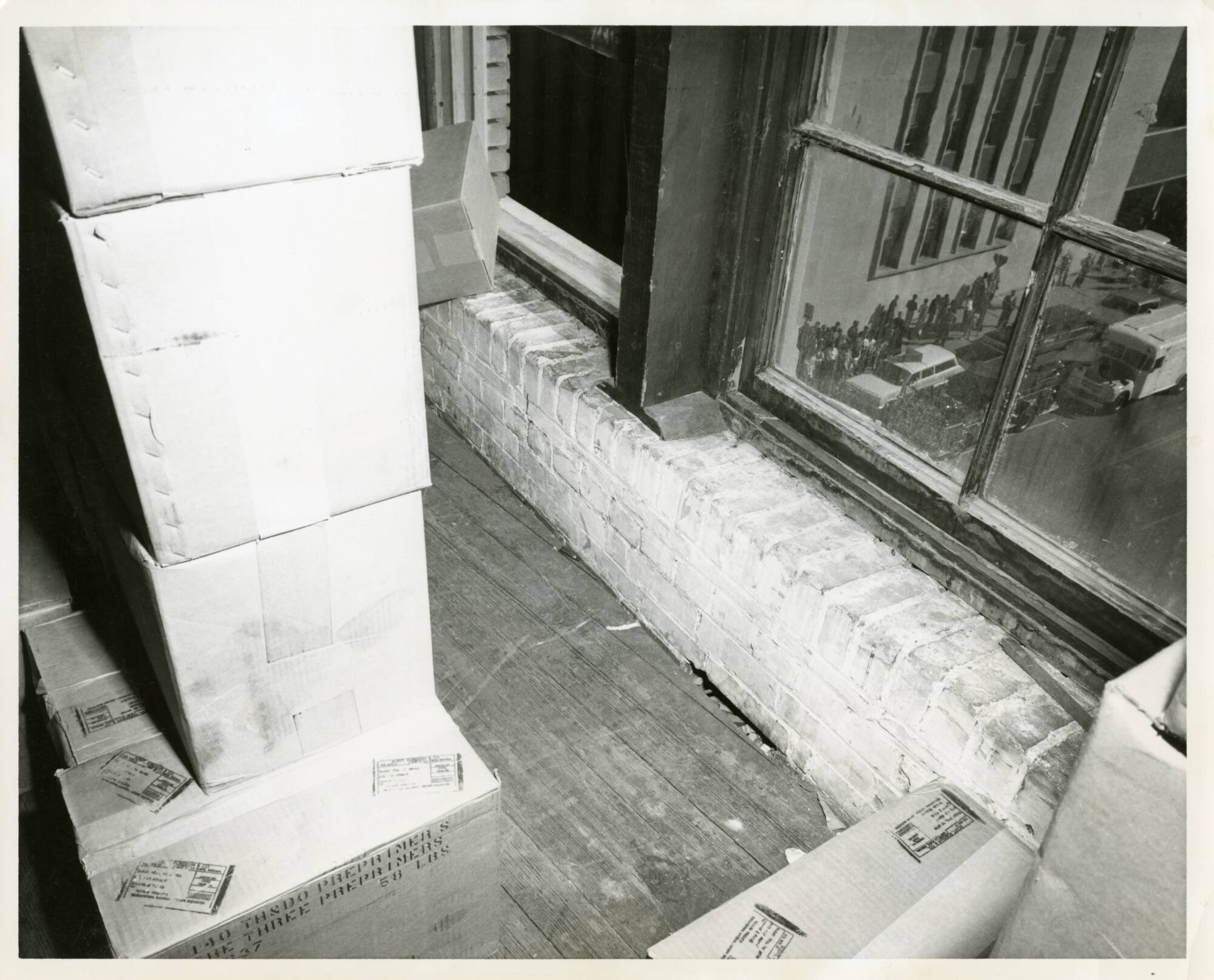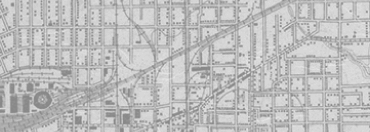


Back
Photograph of spent rifle shells found on the floor
Black and white photographic print taken by the Dallas Police crime lab showing two of the three spent shell casings found on the sixth floor of the Texas School Book Depository on the floor beneath the southeast corner window, in an area that became known as the sniper's perch.All crime scene photos taken inside the Texas School Book Depository that day were shot either by Detective Robert L. Studebaker or, in a few cases, the head of the Dallas Police Crime Scene Search Unit, Lt. J. C. "Carl" Day. R. W. "Rusty" Livingston, also an employee of the police crime lab, developed many of the images taken by Studebaker and Day. This collection of prints is a first-generation set of copies he kept for himself.
Photograph of spent rifle shells found on the floor
11/22/1963
Paper
8 x 10 in. (20.3 x 25.4 cm)
Dallas Police Department photograph, R. W. "Rusty" Livingston Collection/The Sixth Floor Museum at Dealey Plaza
2002.002.0048
The two empty shells in this photograph, which shows the boxes in the positions they were first found, appear next to the brick wall below and to the right of the open sniper's window. A third shell is blocked from view by the box on the floor at the bottom of the picture. An FBI investigator studied the ejection pattern of the Mannlicher Carcano rifle and noted that empty shells flew to the right of the weapon. Nevertheless, because the surrounding boxes and brick wall were so close to the weapon, no regular pattern could be determined because the shells would likely have hit the boxes or wall and bounced. Copies of this photograph led to a theory that the sniper's nest window was blacked out to hide evidence of something. Actually, as can be seen in this first generation print, the walls and windows of the Dallas County Records Building are seen to be in deep shadow. Later generation copies made the dark area even darker with no apparent details, which led to the discredited theory. - Gary Mack, Curator

Photograph of spent rifle shells found on the floor
Black and white photographic print taken by the Dallas Police crime lab showing two of the three spent shell casings found on the sixth floor of the Texas School Book Depository on the floor beneath the southeast corner window, in an area that became known as the sniper's perch.All crime scene photos taken inside the Texas School Book Depository that day were shot either by Detective Robert L. Studebaker or, in a few cases, the head of the Dallas Police Crime Scene Search Unit, Lt. J. C. "Carl" Day. R. W. "Rusty" Livingston, also an employee of the police crime lab, developed many of the images taken by Studebaker and Day. This collection of prints is a first-generation set of copies he kept for himself.
Photograph of spent rifle shells found on the floor
11/22/1963
Boxes
Sniper's perch
Assassination
Photographs
Investigations
Day, Carl
Livingston, R. W. "Rusty"
Studebaker, Robert L.
Dallas Police Department
Texas School Book Depository
Dallas Police Crime Scene Search Unit
Dallas
Paper
8 x 10 in. (20.3 x 25.4 cm)
Dallas Police Department photograph, R. W. "Rusty" Livingston Collection/The Sixth Floor Museum at Dealey Plaza
2002.002.0048
The two empty shells in this photograph, which shows the boxes in the positions they were first found, appear next to the brick wall below and to the right of the open sniper's window. A third shell is blocked from view by the box on the floor at the bottom of the picture. An FBI investigator studied the ejection pattern of the Mannlicher Carcano rifle and noted that empty shells flew to the right of the weapon. Nevertheless, because the surrounding boxes and brick wall were so close to the weapon, no regular pattern could be determined because the shells would likely have hit the boxes or wall and bounced. Copies of this photograph led to a theory that the sniper's nest window was blacked out to hide evidence of something. Actually, as can be seen in this first generation print, the walls and windows of the Dallas County Records Building are seen to be in deep shadow. Later generation copies made the dark area even darker with no apparent details, which led to the discredited theory. - Gary Mack, Curator









